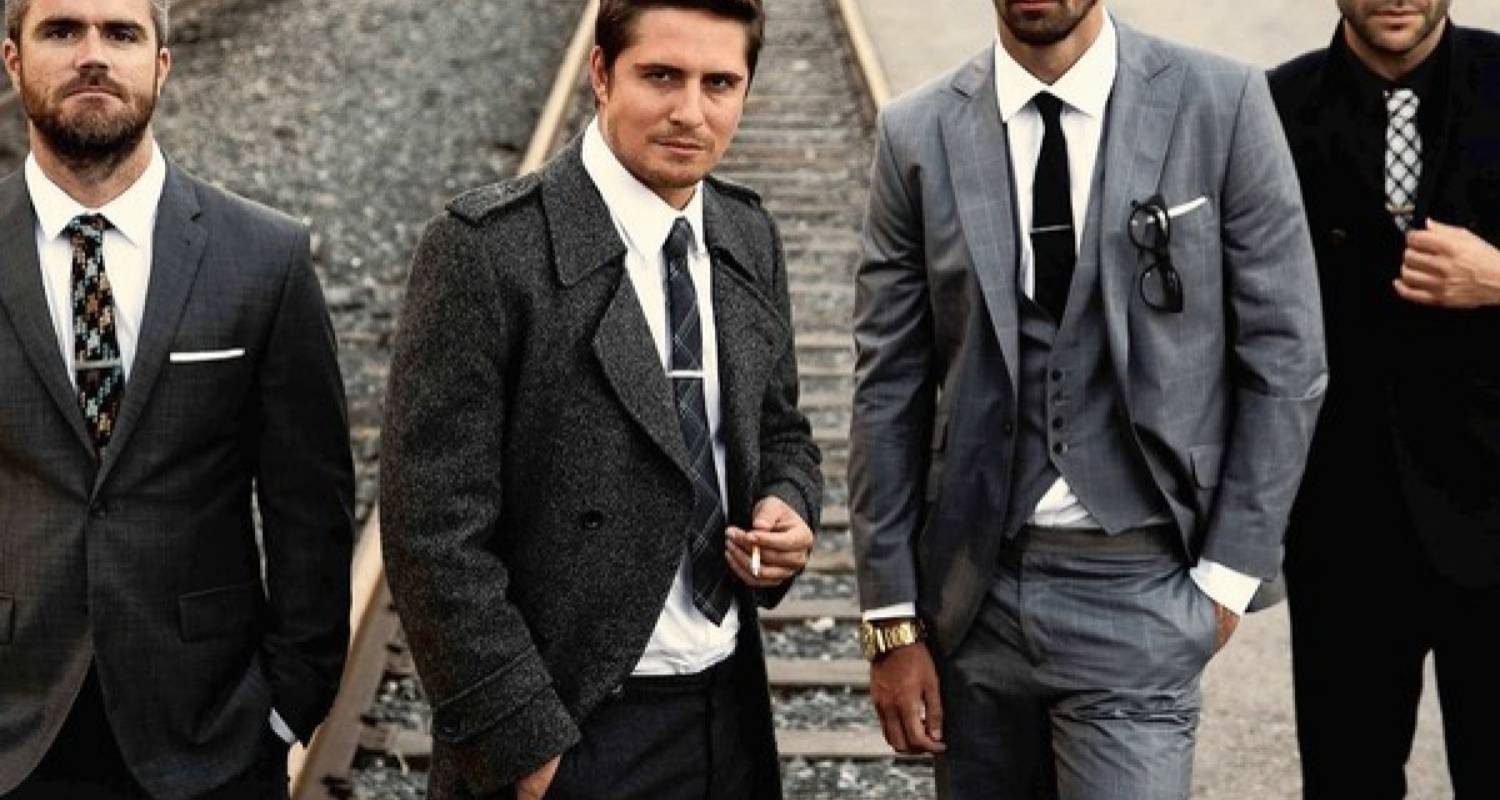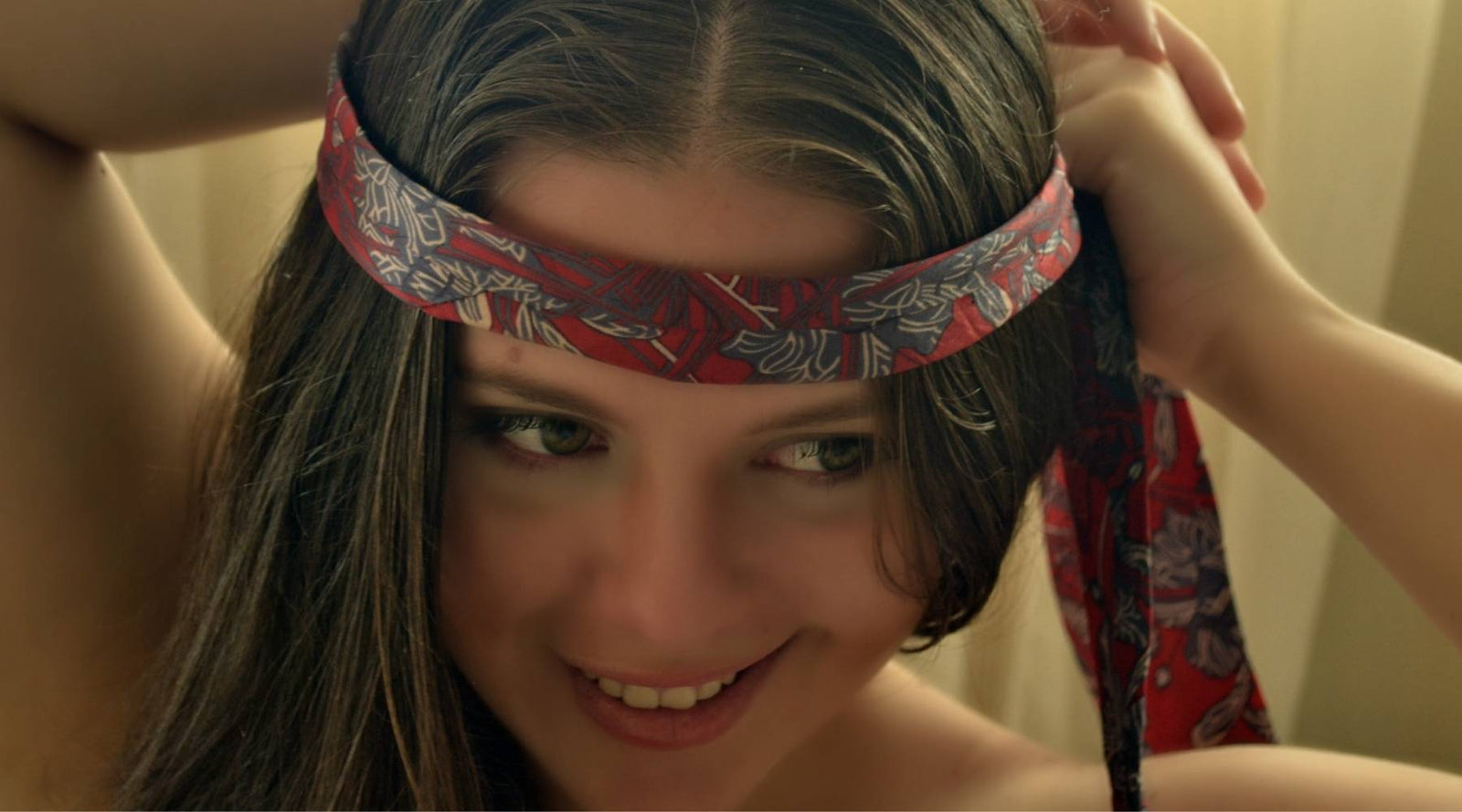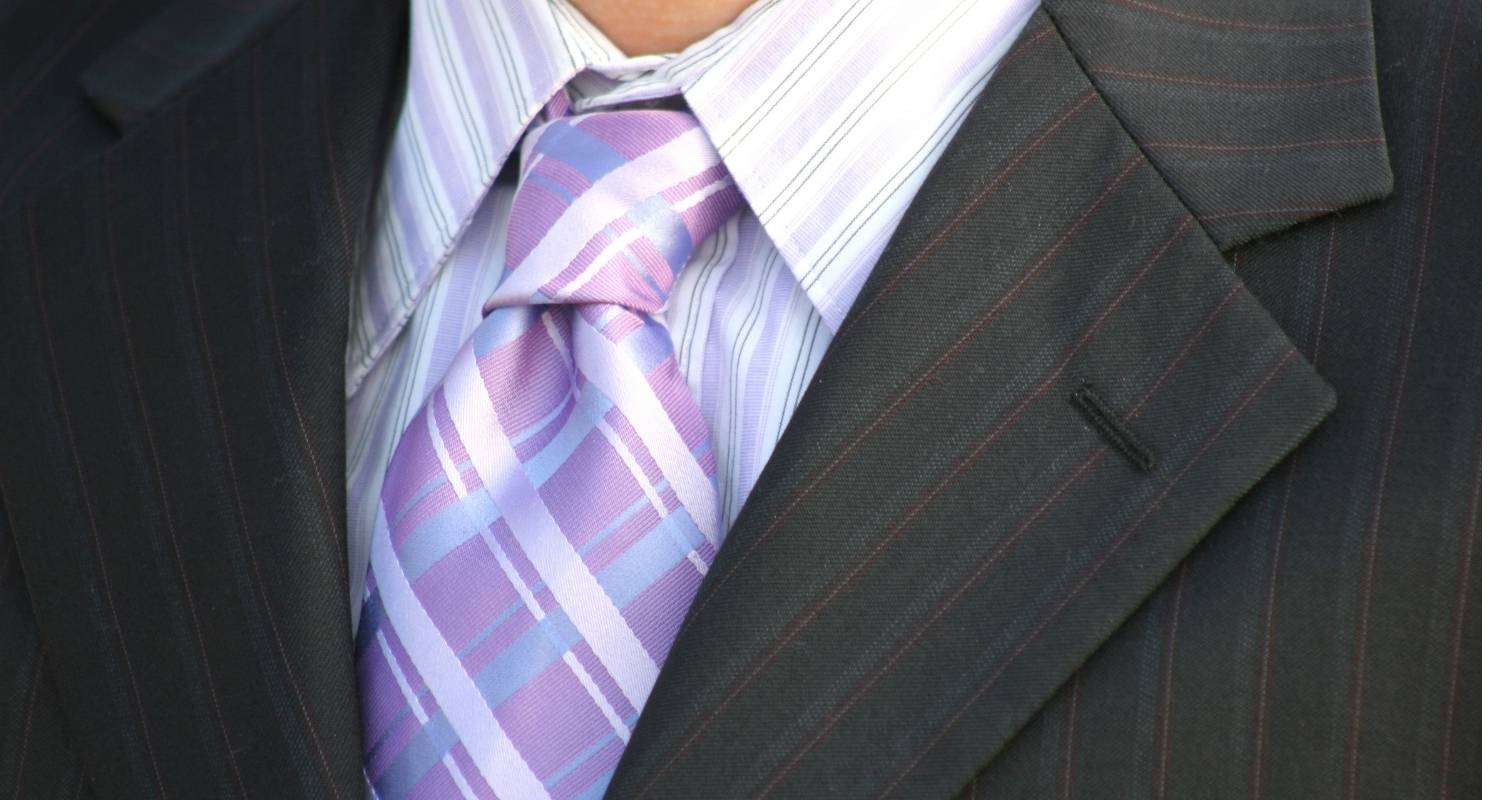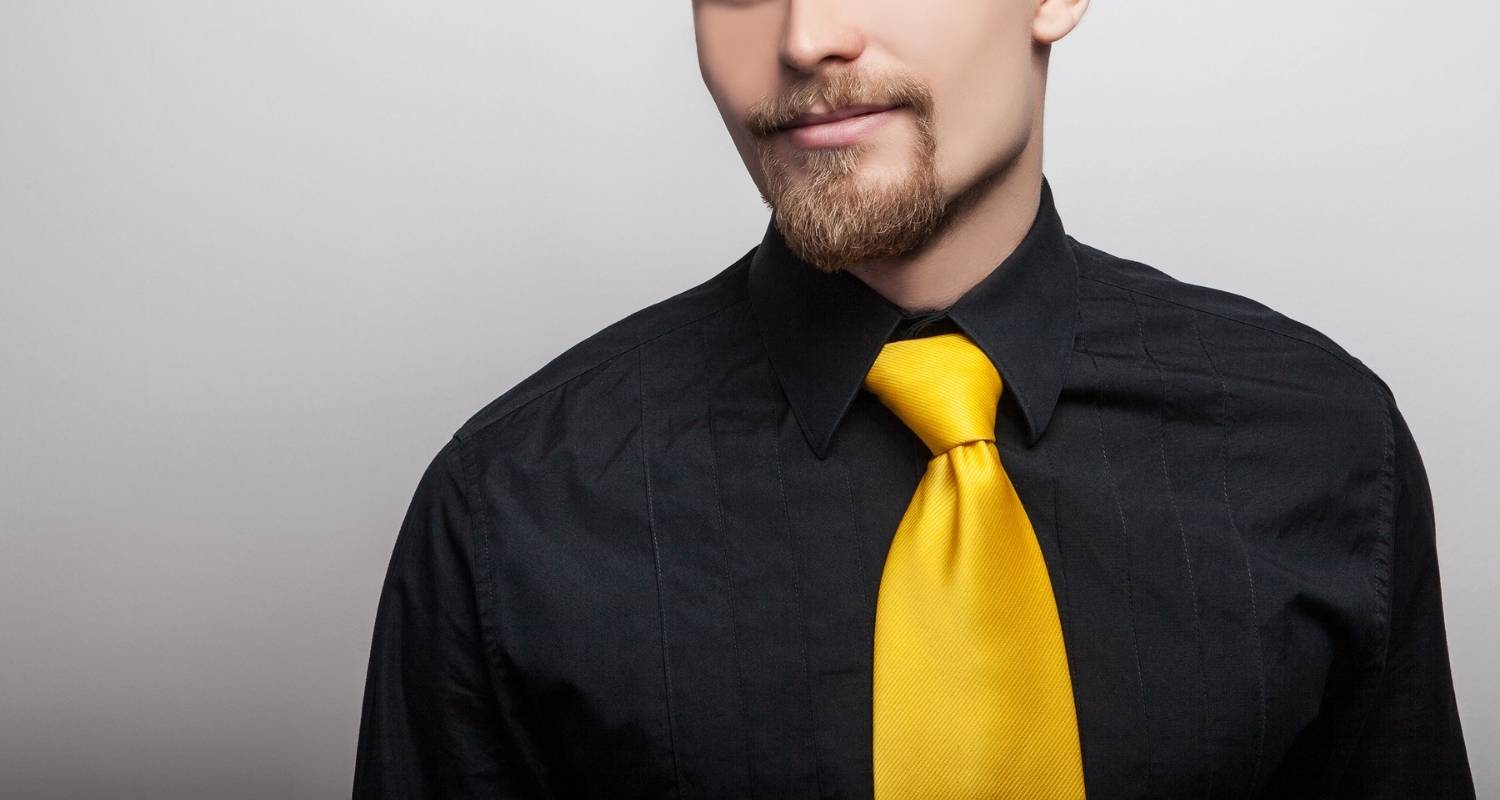Your basket is empty

Where to attach it, how wide it should be and everything you need to know.
The ultimate masculine accessory, it is experiencing a resurgence in popularity thanks to a renewed interest in classic men's style. The tie clip is a small detail that can have a huge impact on a look. Here's how to wear it correctly.
Give a man tie bar Teach a man how to wear a tie clip and he will look like a true Gentleman for a lifetime.

The tie clip is intended to keep your tie attached to your shirt placket . This seems obvious, but it bears repeating, lest a perfect tie clip be attached to just one tie and simply left to blow in the wind.
There are two types of tie clips: tie clips and slide clips . I generally prefer the clip-on clasp as I find it holds the tie more securely and stays in place better.
However, if you have a thin tie, a sliding clasp may be more appropriate, as many clip-on clasps are designed to secure thicker fabrics and may not lay flat in this situation, making the clasp visible.
A tie bar should never be wider than your tie . Its size should be between one inch and the width of your tie . Three-quarters of the width of the tie is just fine.
Always wear the tie clip perpendicular to your tie, never at an angle.
Just before attaching the tie clip, pull your tie up to loosen it slightly. This will add a bit of depth and visual appeal and prevent you from feeling constricted or like the tie clip is holding you in place.

The most common mistakes regarding tie bars: attached crooked; too wide; wear with a vest.

For men, a tie clip should extend 1/2 to 3/4 the width of your tie . For a more classic or retro look, choose a tie clip that matches the full width of your tie.
Whatever your preference, never wear a tie bar that exceeds the width of your tie or the style gods will strike you with love at first sight.

The placement of your tie clip can make or break your look. The ideal location for a tie clip is between the middle and bottom of your sternum, between the 3rd and 4th buttons of your shirt.
If you fix it too high, this functional accessory is rendered ineffective. If it's too low, you might look a little weird, especially if you lean forward.
In the context of the "sweet spot", a lower placement is more classic while a higher placement can create a slimming effect.
Another thing to consider when attaching your tie bar is where your jacket buttons at the top. The tie bar's best location allows it to be seen even if your suit jacket is buttoned all the way to the top.

You can't go wrong with money. It's a classic, goes with almost everything and looks good on everyone.
But if gold is your thing or you wear gold accessories, then go for it: it's always best to make sure your metals match.
Avoid colored tie bars; you will look like you are trying to do too much. As with most details in men's fashion, a tie bar should be an accent, not the topic of conversation.
If you prefer to play it safe, opt for gray or silver, with gold coming a close second.
Try matching the polish of the metal of your tie clip to your jacket buttons, cufflinks, watch or belt buckle.
If you think it complements your style, don't be afraid to wear less common metals and opt for patterned, colorful, or whimsical tie clips.
A fancy tie clip can liven up an otherwise understated outfit. The color of the tie should be taken into consideration when choosing a barrette, but there is no hard and fast rule.

The right time to wear a tie clip is always and forever.
Not only does a tie bar keep your tie from ending up in your bowl of cornflakes, it's also the easiest, most tried-and-true way to stand out from the herd.
Whether you're wearing a three-piece suit or blue jeans, a tie clip is a welcome addition to any outfit that includes a tie.
So go the extra mile and buy a few tie clips – you'll thank us later.

A tie clip should not be worn with a vest or cardigan . Remember, the purpose of a tie bar is to hold the tie in place.
If you're wearing a vest or cardigan, it's already done and at that point a tie clip becomes unnecessary and redundant.
Comments are approved before publication.


